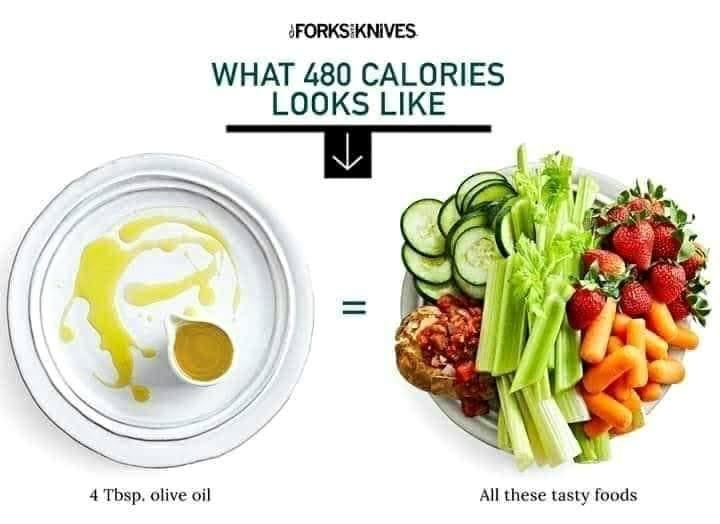
Source: this article at ForksOverKnives.
When we consume foods with high calorie density, it takes far more calories to fill up our stomach. That's why it's easy to overeat with high calorie density foods.
Yes! The two videos by Dr Goldhamer and Dr Greger below explain. Dr Greger's video is discussed in more detail in this article: CRAP Foods: Calorie Rich And Processed.
(8 mins) A short, hilarious exposition by Dr Goldhamer. Worth watching to understand why we should diligently avoid eating processed foods, sugars & oils for weight loss. Once the key ideas in this video are grasped, we can start understanding why dehydration of whole juicy food sources in an oven is also a bad idea — we should do that sparingly.
(6 mins) Transcript. Dr Greger's summary: "We have an uncanny ability to pick out the subtle distinctions in calorie density of foods, but only within the natural range."
This video is discussed in more detail in this article: CRAP Foods: Calorie Rich And Processed.
Is there science behind the intuition that shifting from high calorie density foods to low calorie density may lead to weight loss? Yes!
(5 mins) Transcript. This video explains the advantage of consuming low calorie density foods for weight loss.
(3 mins) Transcript. Dr Greger's summary: "The water content of plant foods may help explain why those eating plant-based diets are, on average, so slim. Can ice be thought of as having even 'fewer' calories than water, since the body has to warm it up?"
Accompanying article: The Ice Diet (2013)
Jeff Novick is a prominent Whole Food Plant-Based nutritionist with insightful presentations and articles on calorie density.
Videos: this video (9 mins, 2010) or this lecture (80 mins, 2016).
Article:
- (2012) The Calorie Density Approach to Nutrition and Lifelong Weight Management by Jeff Novick.
- (1999, updated in 2012) A Common Sense Approach To Sound Nutrition by Jeff Novick.
- (2015) The Ultimate Guide To Free Calorie Density Resources: article at McDougall.Com, moderated by Jeff Novick.
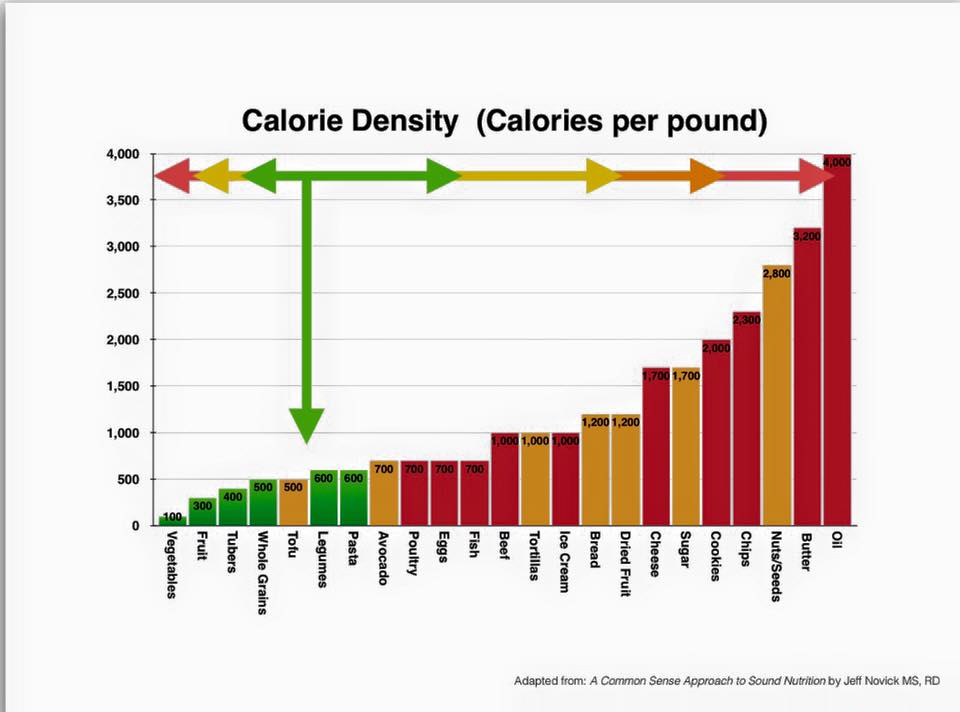
Source: this article at ForksOverKnives.
In Whole Food Plant-Based (WFPB) guidelines, we consume green foods in abundance; we consume yellow foods in moderation (sparingly) and completely avoid red foods. All the green foods have low calorie density! And the red foods we avoid have high calorie density. The yellow foods lie in between: some (tofu, avocado) have low calorie density; most have high calorie density. The food with the highest calorie density is oil.
A long, detailed talk by Jeff Novick explaining various aspects of calorie density.
An interesting excerpt from the 80-min lecture.
A 3-min video by Dr Fuhrman explains Calorie Density (calories per pound). Oil has very high calorie density (and zero fiber). Fruits & veggies have low calorie density (and high fiber). When we eat low calorie density foods (with high fiber), we feel full after eating much less ← a key point for sustainable weight loss!
The video doesn't talk about satiation. If we eat only fruits & veggies, we're likely to feel hungry soon after. For satiation, we should include some starch rich foods like whole grains, tubers (potatoes, sweet potatoes, yams, …) and some beans. This way, a food plate with lots of fruits & veggies, along with some whole grains, tubers & beans, and no oils, is amazing for weight loss! What kind of meals are these? Buddha bowls, burritos and "rice + beans + salad", for example.
Calorie Density discussions are a bit complex. I simplified Calorie Density ideas into these simple guidelines for myself:
- Fruits & non-tuber vegetables: These are important components in WFPB. But if we consume only fruits and non-tuber veggies for a meal, we will feel full after consuming very few calories. So we will have to consume multiple meals in a day.
-
Tubers & grains: How may we boost the calorie density and satiation of a plate with fruits & vegetables? Should we add a handful of nuts and seeds? No. WFPB is a low fat food system in which we don't gorge on nuts and seeds. For boosting calorie density and improving satiation, incorporate grains and tubers!
Tubers: I love potatoes and sweet potatoes: they are quick to chew, very tasty and versatile. Potatoes and sweet potatoes are superfoods!
For more details, Calorie Density — The Trees and the Forest has two insightful charts: Food Items — The Trees and Food Categories — the Forest.
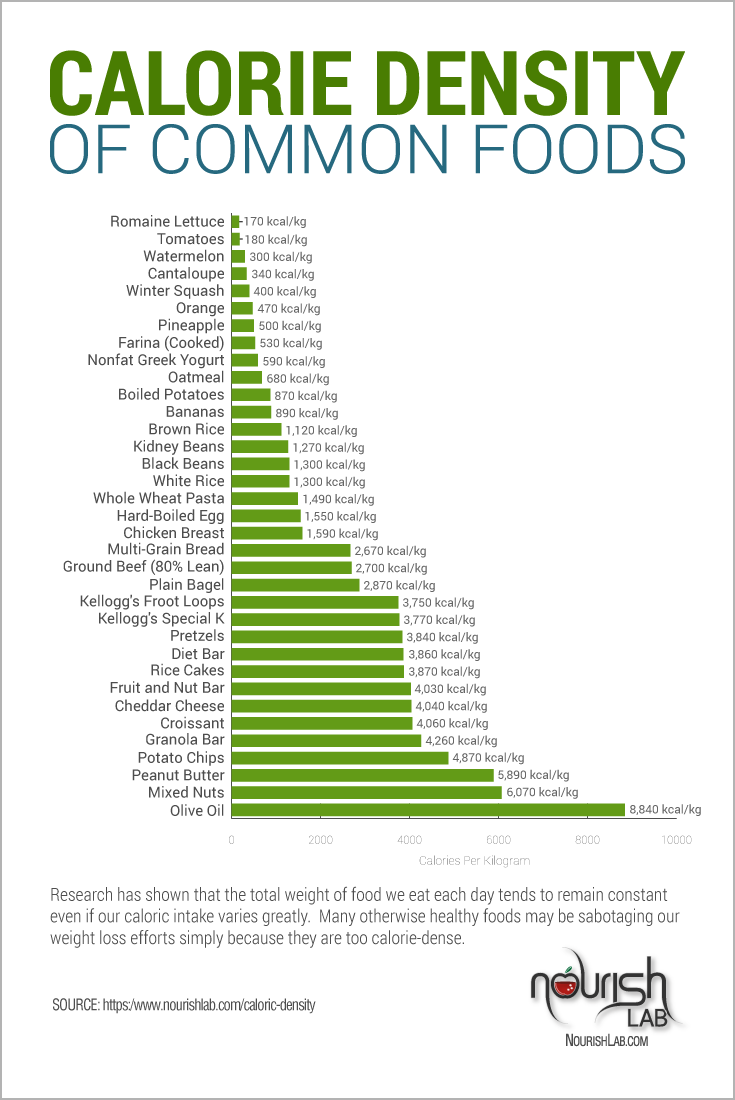
Full Image (large-sized) — Attributed to NourishLab but I couldn't find an article at their website which explains this chart.
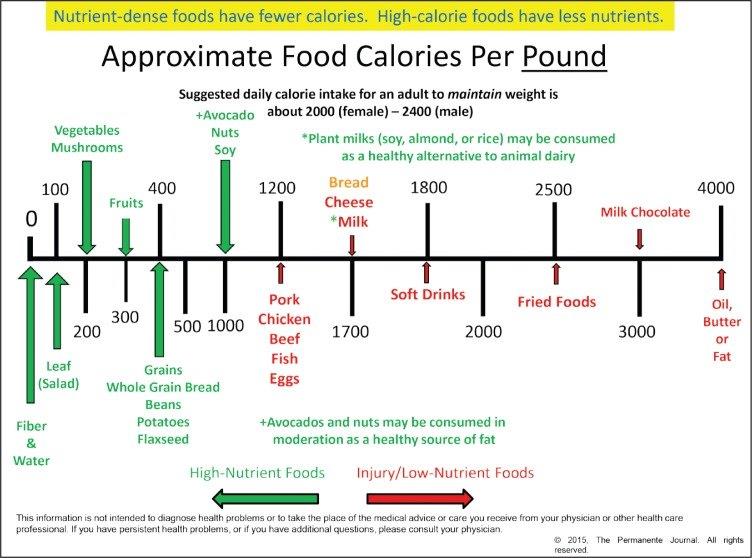
Full Image (large-sized) — attributed to some article in Permanente Journal but I couldn't find the original article.
Finding The Sweet Spot: Balancing Calorie Density, Nutrient Density and Satiety by Jeff Novick (discussion at DrMcDougall.com).
The Principles of Calorie Density (forum discussion at DrMcDougall.com).
Principles of Calorie Density (FaceBook post) by Jeff Novick.
Principles of Calorie Density: #2) Sequence Your Meals.
Principles of Calorie Density: #3) Don't Drink Your Calories.
Principles of Calorie Density: #4) Dilution is the Key.

Full Image (large-sized) — borrowed from this FaceBook post.
For weight loss and for prevention of myriad chronic lifestyle conditions, we should choose foods with low calorie density. Animal products, processed foods and extracts like oils have high calorie density. Food with lowest calorie density are plant foods like fruits, veggies, whole grains and beans.
We also need satiation (to feel full, and not feel hungry soon after eating a meal). The most satiating foods are tubers (potatoes, sweet potatoes, yams, …), followed by beans and whole grains.
So food plates with fruits, veggies, tubers, whole grains & beans are both low in calorie density & high in satiation! A win-win situation!
With such food plates, we don't need calorie counting or portion control! We eat ad libitum (as much as we feel like to feel full)! Nice!
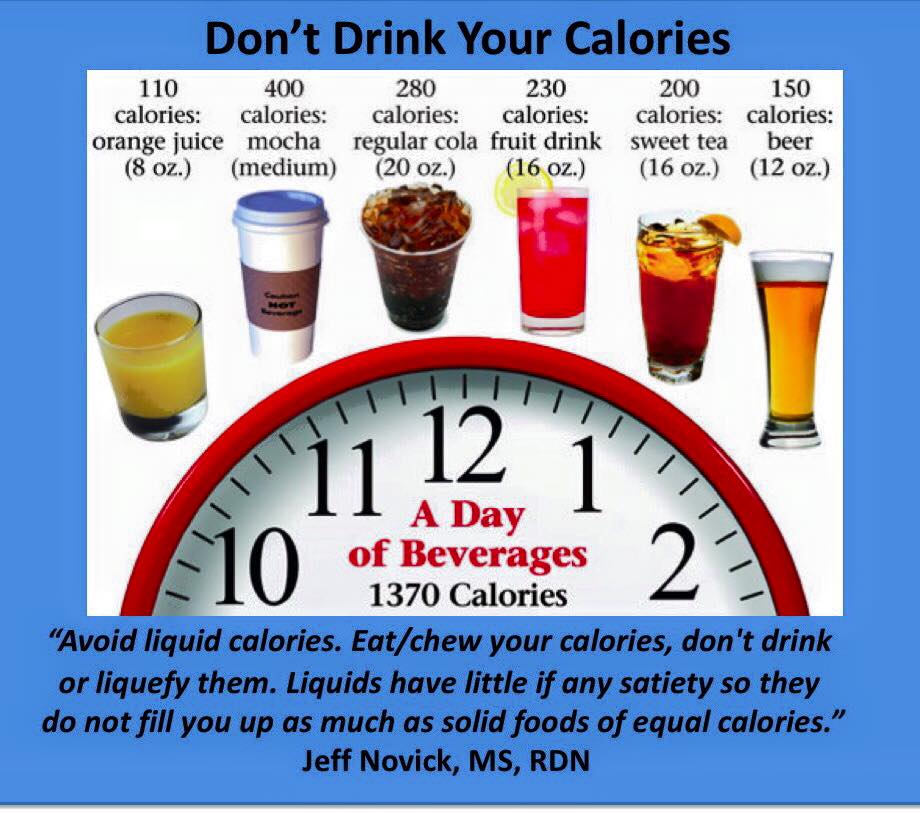
Full Image (large-sized) — borrowed from this FaceBook post.
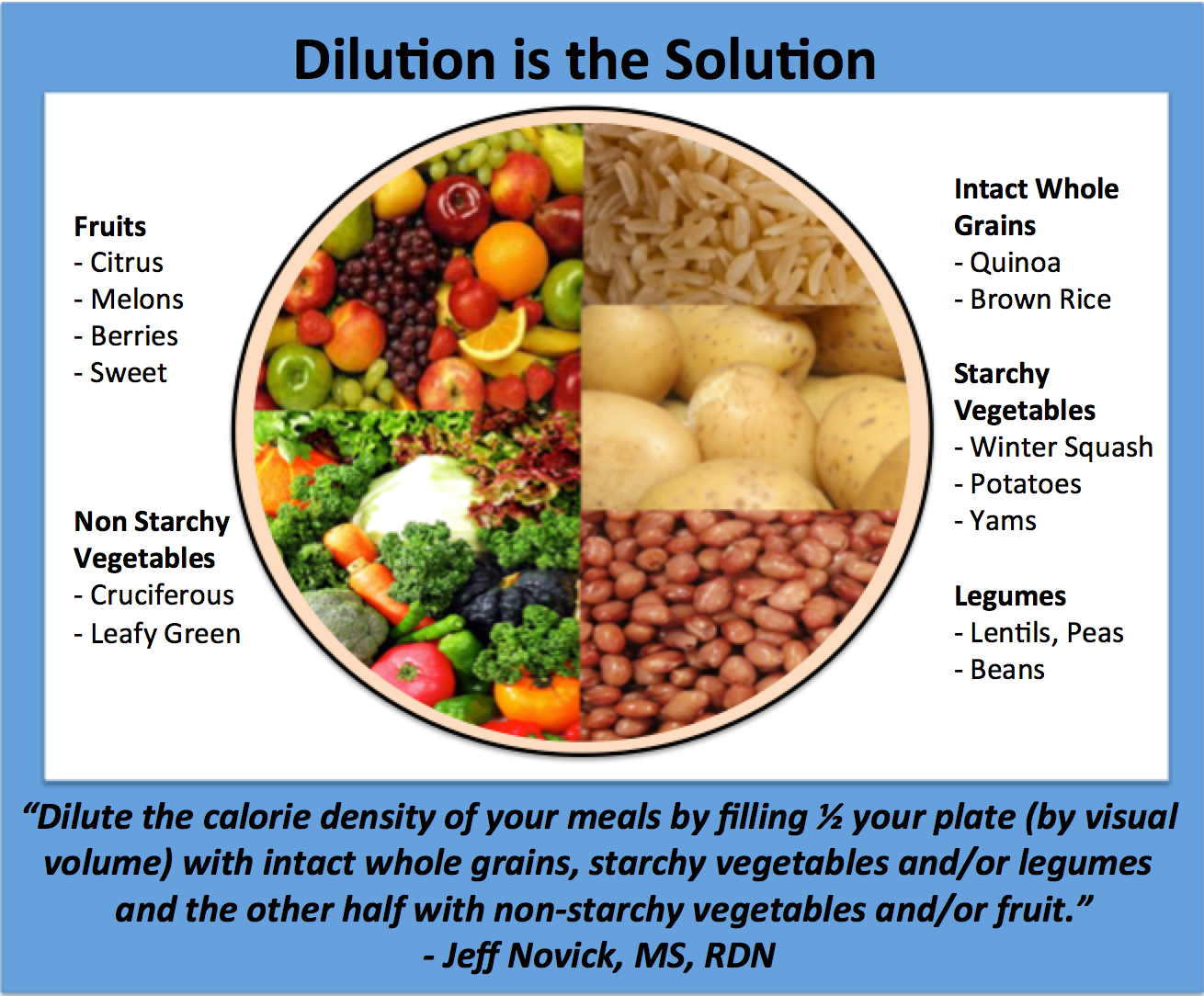
Full Image (large-sized) — borrowed from this FaceBook post.

 Instagram
Instagram YouTube
YouTube